The interaction of continuous effects, Humility-effects and the layers system are illustrated by Turn to Frog. Say “Ribbit!”
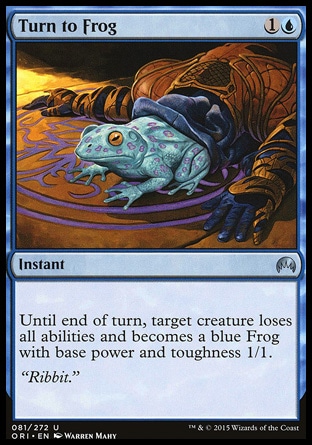
Oracle Text:
Instant
Until end of turn, target creature loses all abilities and becomes a blue Frog with base power and toughness 1/1.
Any Humility-like card raises many questions. In general, these questions are related to the interaction of continuous effects. And when we talk about those the Phantom of the Layers comes and scares off players and some non-experienced judges.
In reality, nothing overly complex happens when we deal with this card. It is enough to sort through the effects, classify them and apply in a specific order, if by that time they still exist.
There is only one little exception: if you started applying an effect on one layer and continued on another, it is still applied even if the ability that generates it no longer exists. I don’t think anyone can memorize all the layers together at once, but the rules are always there to check out. At the tournament you can call a judge to help you. For curious I recommend a nice article on the layer system. And now back to our muttons… I mean frogs!
Let’s read the card carefully:
“Target creature loses all abilities and becomes a 1/1 blue Frog until end of turn”.
- the creature loses all abilities — this type of effect (usually called a “Humility effect”) is applied on the layer 6, because it affects abilities;
- the creature becomes 1/1 — this effect sets P/T to a specific value, it is applied on the layer 7b;
- the creature becomes blue — this effect changes color and is applied on the layer 5;
- the creature becomes Frog — this effect changes type and is applied on the layer 4;
Now we see that the effect of this card is applied on 4 different layers. We start from the beginning.
Type and Color
We’ve already discussed the type-changing effects with Gideon Jura and Blood Moon. So, we should remember that an effect that sets a subtype replaces all previously existing subtypes unless the text explicitly says otherwise (e.g. this type is set in addition to the other types). Turn to Frog doesn’t mention this, so, same as with Blood Moon, we’ll be using an eraser and a pencil.
The color-changing effects behave in a similar way, that’s why we discuss both effects together.
I’ll note that giving a Frog creature type to a creature doesn’t affect its type, supertype or name. Coloring it in blue, obviously, doesn’t change its mana cost.
Dryad Arbor becomes blue Land Creature — Forest Frog and loses its mana ability.
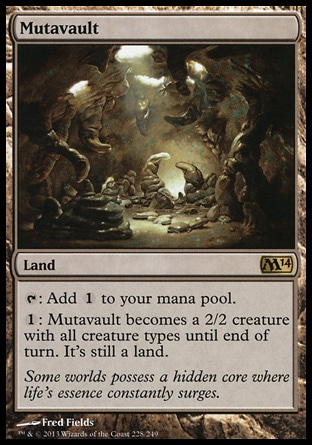
An animated Mutavault will lose all its creature types but Frog, will forget how to animate itself and produce mana, will become 1/1 and blue.
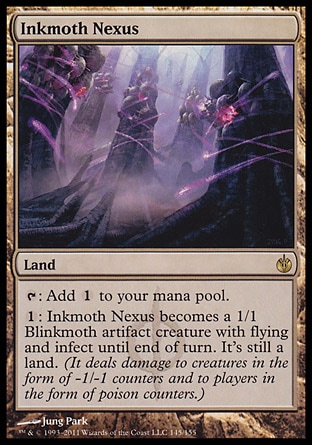
An animated Inkmoth Nexus will stay both Land and Artifact, but will lose all its abilities and become blue.
Animated Gideon will be a 1/1 blue Planeswalker Creature — Gideon Frog without abilities. Loyalty counters won’t disappear from it.
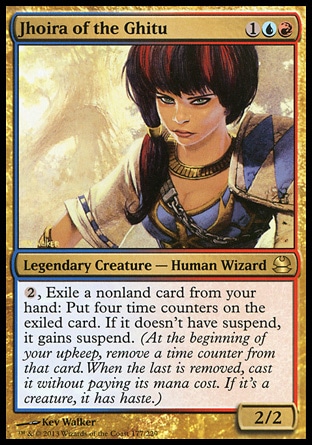
Jhoira of the Ghitu will become a 1/1 blue Legendary Creature — Frog without abilities.
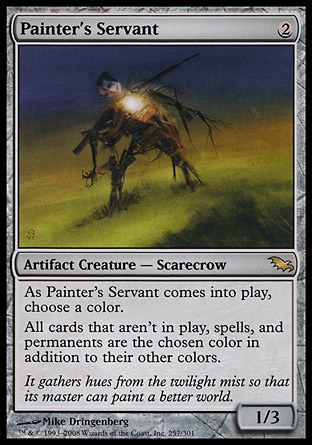
If a Painter’s Servant enters the battlefield after the effect of Turn to Frog is applied, it will add the chosen color to the Frog.
Losing the abilities
“To sell something unnecessary we’ll first need to buy something unnecessary.” — said “Uncle” Fedor (Russian cartoon character) and he was right. A creature can lose all its abilities only in case it has any. A creature may have its own original abilities or may gain some via effects.
A bit of theory:
An effect grants a creature an ability if its text has the words “gains” or “has”.
Besides abilities a creature may have characteristics (e.g. color) and attributes that change the game rules (e.g. a creature can’t be blocked or monstrous). Characteristic defining effects often use the following wording “[permanent] is [characteristic value]”.
Now, the main thing:
If an object gains or has ability, then this ability may be removed by an effect. If an effect defines an object’s characteristic it doesn’t grant the object any abilities, so, there is nothing to remove with the “erasing” abilities.
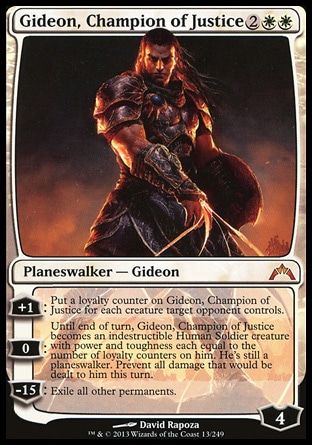
What happens if you’ve “animated” Gideon, Champion of Justice, but the cunning opponent turned him to Frog?
Gideon, Champion of Justice will become a blue 1/1 Planeswalker Creature — Gideon Frog, will lose all abilities. His damage preventing effect will continue to exist though. Why? Because it is created on resolution of his third loyalty ability and doesn’t grant him any abilities, so it stays unaffected by Turn to Frog.
This card is full of surprises! The result of Turning it into Frog will depend on whether it was brought to the battlefield the normal way or with Unearth mechanic.
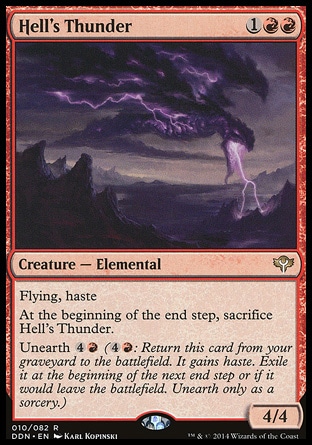
Option a) Hell’s Thunder entered the battlefield after resolution of its Unearth ability.
We have a blue 1/1 Frog without abilities. At end of turn a delayed trigger created on resolution of Unearth goes to the stack and exiles Hell’s Thunder. This trigger isn’t Hell’s Thunder’s own ability and isn’t removed by Turn to Frog.
Option b) Hell’s Thunder entered the battlefield the other way, e.g. it was cast.
We get a blue 1/1 Frog without abilities. At end of turn (precisely at the beginning of the end step) nothing happens, because the Frog doesn’t have the ability that should have triggered. During cleanup step the effect of Turn to Frog fades and we get Hell’s Thunder that lives until end of the next turn unless something else, e.g. Ovinize or Gift of Tusks, happens to it.
Interaction of effects that adds/removes abilities
What happens when a single object is affected by different effects that give or erase the abilities? In this case it is important to understand whether one of these effects depends on the other.
613.7a We say that one effect depends on the other if they are applied on the same layer (or sublayer), they aren’t characteristic defining abilities and the application of the second one can change:
- the text of the first one;
- the existence of the first one;
- what it is applied to;
- what it does when applied.
Otherwise the effects are considered independent.
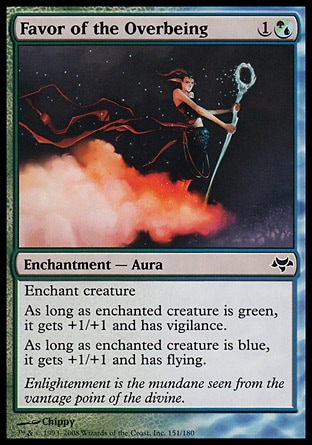
After reading the text of this card you may be wrong to conclude that its effect depends on the effect of Turn to Frog, because the color of the creature defines which abilities it gets if any. But effects that change color and add/remove abilities are applied on the different layers and thus are independent.
Effects that add/remove the abilities lie on the same layer and are independent.
Time stamp
In the battle between independent effects the one with a more recent time stamp wins.
A bit more theory:
- The effects of static abilities have the time stamp of an object this ability is printed on or the time stamp of an effect that generated this ability, whatever happened later.
- A permanent’s time stamp is the moment it entered the battlefield.
- The time stamp of abilities of Auras, Equipments and Fortifications is the moment they were attached to an object the last time.
- The time stamp of the effects generated on resolution of spells or abilities is the moment they were created.
For example, Akroma’s Memorial’s effect has the same time stamp as the Memorial itself, i.e. the moment it entered the battlefield.
Favor of the Overbeing’s time stamp is the moment it was last time attached to a creature.
Tainted Strike’s effect’s time stamp is the moment it resolved.
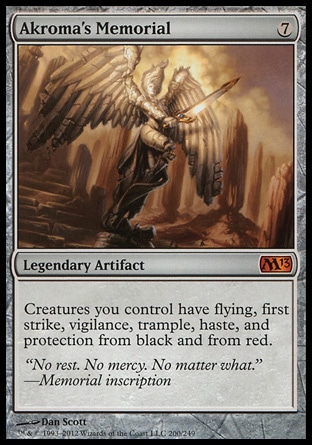
If your cunning opponent turned your favorite creature to Frog and then you put Akroma’s Memorial on the battlefield, your Frog will learn to fly and get all the benefits of the Memorial’s ability.
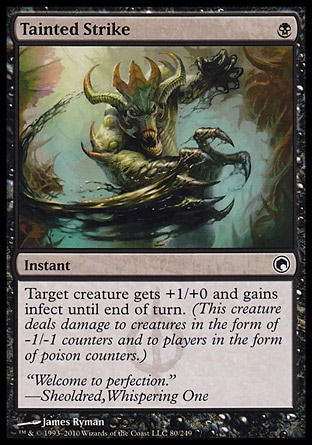
If you granted a creature infect with Tainted Strike and then it was turned to Frog, the Frog wouldn’t have infect, because Turn to Frog’s effect has a more recent time stamp.

Turning to Frog a creature enchanted with Favor of the Overbeing will remove all its abilities independently of whether the creature was blue before becoming Frog. Favor of the Overbeing has an older time stamp and its effect is applied first, then all the abilities are removed.
We won’t go far in discussion of the dependent effects: I’ll provide a single example.
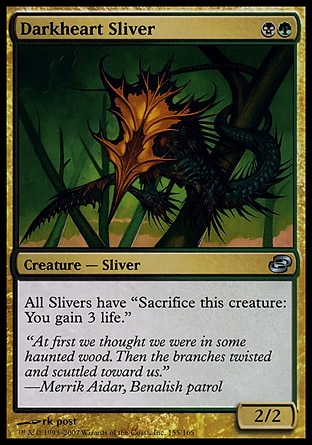
The transformation to Frog affects the very existence of Darkheart Sliver’s ability and doesn’t depend on it, so it removes all Darkheart Sliver’s abilities. In this case, first we must apply the independent effect, so the Sliver becomes a Frog and loses all abilities. Then…well, nothing happens. Other Slivers don’t get to share Darkheart Sliver’s original ability.
Note that Turn to Frog does not counter any abilities that have already triggered or have been activated:
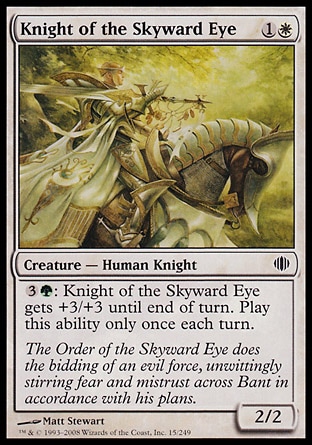
If Turn to Frog was cast in response to the activation of Knight’s ability, then, after its resolution you get a 4/4 blue Frog.
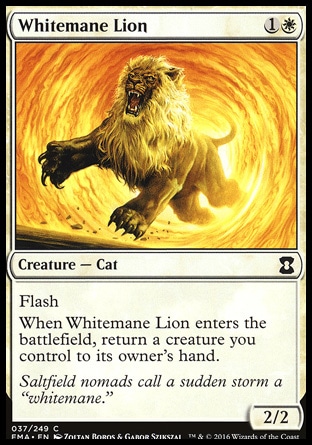
Turning a Whitemane Lion that has just entered the battlefield to Frog won’t save you from its ability triggering or resolving.
Power / Toughness
It’s very simple when it comes to P/T. In the layer system only characteristic-defining abilities lie lower than setting P/T to a specific value. This means that Turn to Frog’s effect overlay them and doesn’t affect other effects that occupy the higher layers:

Tarmgoyf has a characteristic-defining ability which will be overlaid by Turn to Frog.
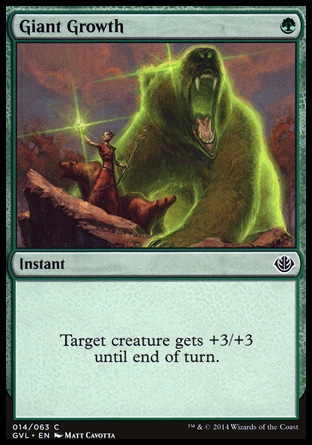
Giant Growth effect lies on a higher layer, we’ll get a fat 4/4 Frog.
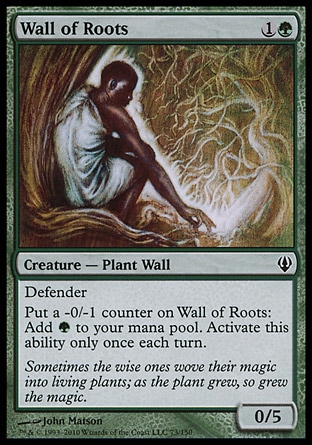
The effect of counters lies even higher, so the Frog — Wall of Roots with any number of -0/-1 counters on it will die the next time SBA are performed.
Effects of Figure of Destiny’s abilities lie on the same layer as Turn to Frog. The one with a more recent time stamp wins!
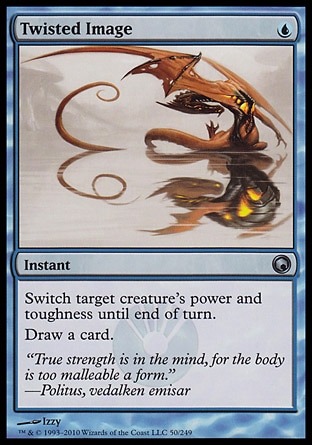
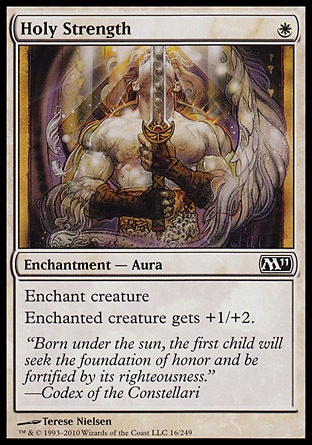
Curiosities:
— May I unmorph a face-down creature turned to Frog?
No. To pay the Morph cost you need to show it, but when you turn the card face up you’ll see a creature affected by Turn to Frog: a 1/1 Frog without abilities (including Morph). No ability — no chance to perform a special action connected to it.

Cunning opponent has turned your Painters Servant to Frog. What’s going to happen to other permanents, cards and spells?
Painter’s Servant will be a 1/1 blue Frog artifact creature without abilities.
All the others won’t lose the chosen color. Painter’s Servant’s effect is applied on the layer 5 and it loses the abilities on the layer 6. So, regardless of the fact that the ability ceased to exist, it still has effect.
Effects that change the game rules (such as increasing the maximum hand size or making a creature indestructible) are applied after all other continuous effects are applied, on a non-existing layer 8. These effects have no chance to be applied if the abilities that generate them have been removed on the layer 6.
In conclusion, let's look at the creation of a massive paddling pool as a result of Polymorphist’s Jest’s effect:
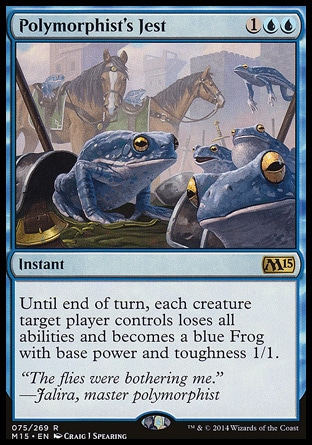
- Polymorphist’s Jest targets a player! Shroud and Hexproof can't help, but Leyline of Sanctity can. Redirect will be a big surprise.
- Effect of Polymorphist’s Jest turns to Frogs only target player’s creatures, wich are on the battlefield as it resolves. Creatures that enter the battlefield or come under the target player’s control after Polymorphist’s Jest resolves won’t be affected.
- Polymorphist’s Jest’s effect stops to function on the cleanup step.
Translated by Lev Kotlyar

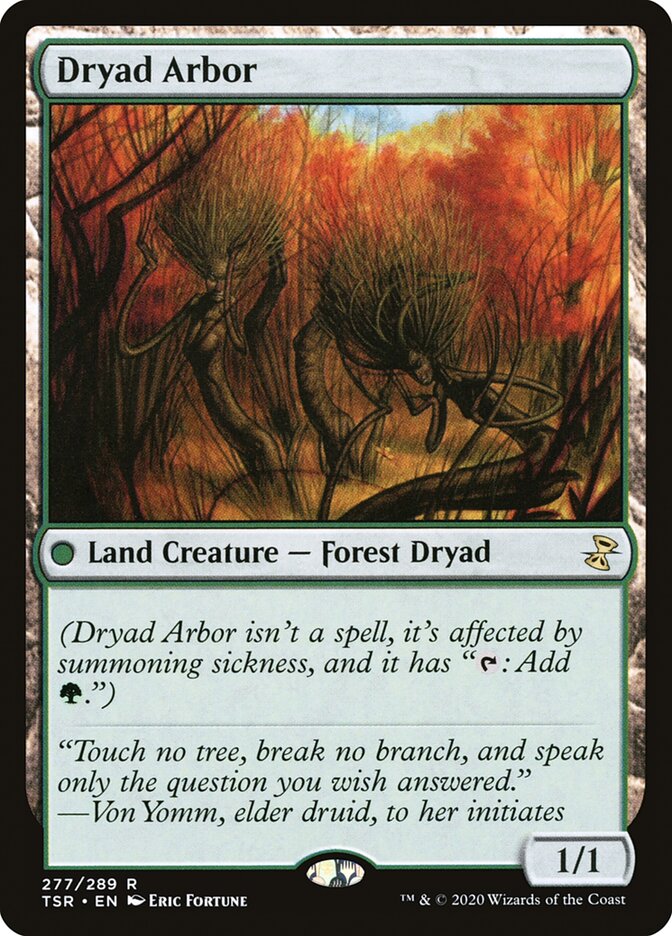
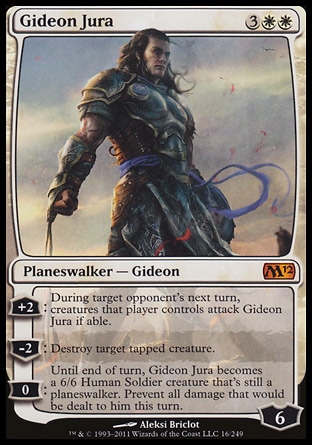
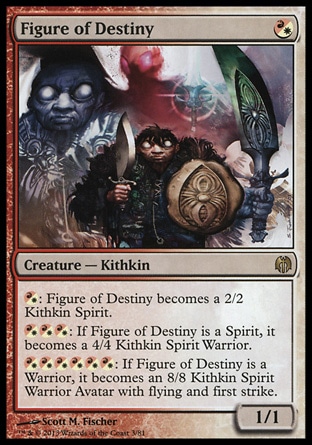
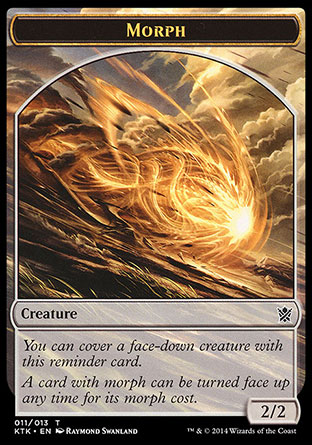
The effect of Twisted Image is always applied the last.
So, if a creature enchanted with Holy Strength is affected by Twisted Image and then Turned to Frog, we’ll get:
1/1 (Trun to Frog) ⇒ 2/3 (Holy Strength) ⇒ 3/2 (Twisted Image).